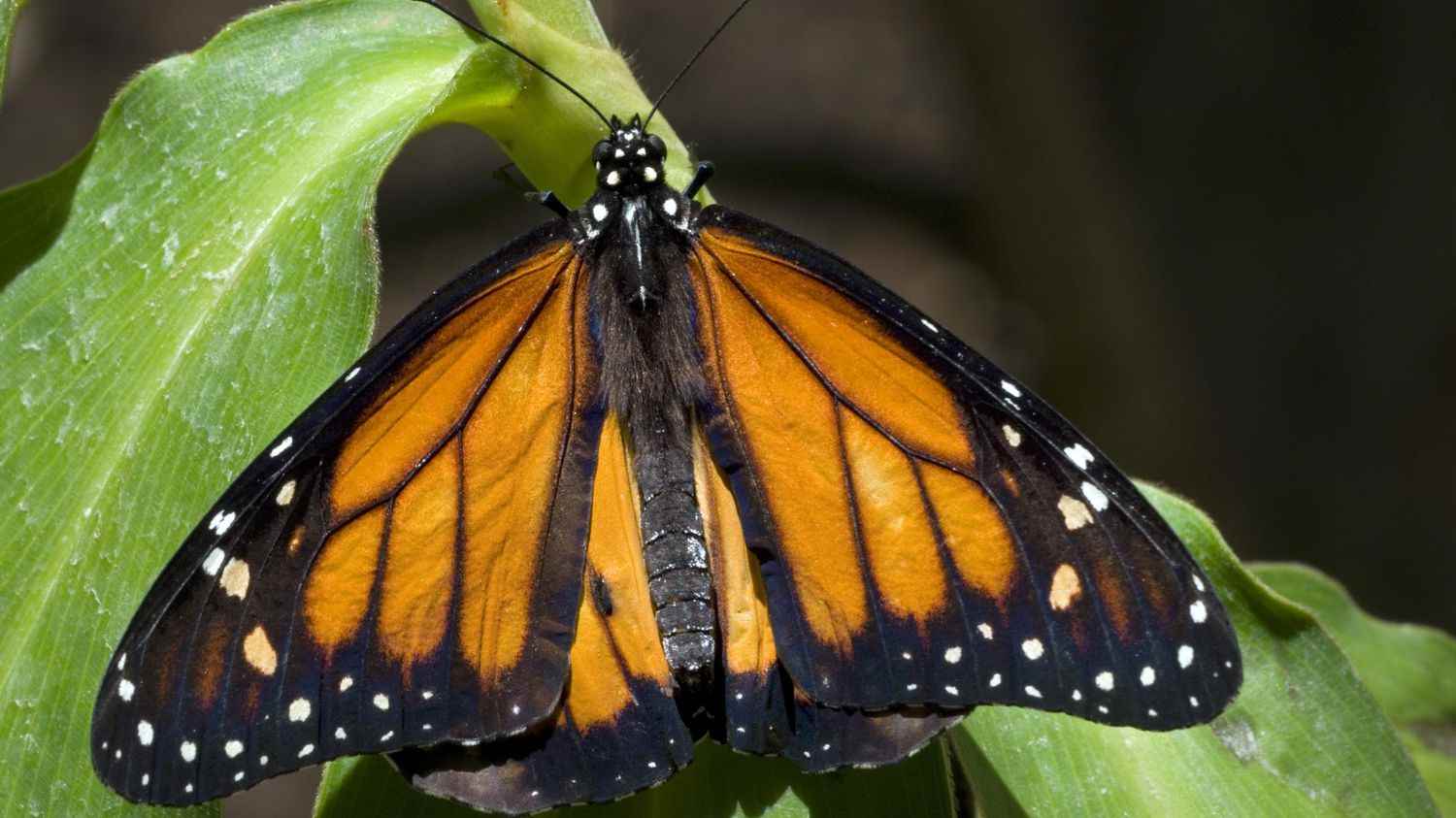Whether it’s the star migrants, like the monarch butterfly, or all the others so essential to human life and the environment, such as the cricket, the mosquito or the bee, it’s been almost 100 years since researchers thought they were being tossed about by the winds. Unable to choose their direction. They may be the most numerous on the roads, but their migration remains the least understood form of long-distance animal movement. And for good reason: as the first author Myles Menz says of this study published in Science“They are too numerous to be marked and found and too small to carry tracking devices.“
Researchers from the Max Planck Institute for Animal Behavior in Konstanz, Germany, along with those from the University of Exeter in England, focused on the death’s-head hawk-moth, a large (6 cm) moth that has a sort skull drawn on the abdomen – a nocturnal migrant who travels up to 4,000 kilometers between Europe and Africa each year – and which is called multigenerational, because the butterflies take turns but never survive the whole journey.
Keep the direction
Concretely, the researchers raised caterpillars in the laboratory to be sure that they arrive untouched by any experiment. They attached ultra-light radio beacons, 0.2gr, barely 1% of their adult weight, that is to say less than what they eat each night. And they waited for the butterflies to fly.
By following 14 of them every night over 80 km (i.e. four hours), all this from a small Cessna plane equipped with antennas which raised their position every five to 15 minutes in a South/South-West direction from Constance towards the Alps, then the Mediterranean and North-West Africa. What amazed scientists is that butterflies do not wait for favorable winds: they adapt their strategy. In headwinds or crosswinds, they fly low to the ground a bit faster to control the trajectory, and when it calms down, they pick up and slow down. And with that, they stay on course all night.
This type of experiment is already being used to develop this device which allows the longest flight monitoring ever carried out and they will obviously use it again to understand how these insects orient themselves. Perhaps well with a kind of internal compass, visual and magnetic, according to work carried out in the laboratory.
More generally, it is essential to understand these movements, in particular to adapt to climate change. Some butterflies, which are particularly sensitive to sudden changes in temperature, must absolutely find a way to cool down or warm up or to escape. We see it with the heat wave this summer. And that inevitably has consequences on many ecosystems locally.
